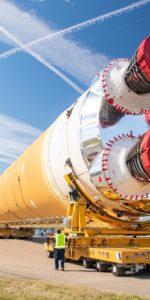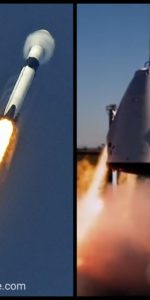NASA’s newest exoplanet-hunting space telescope, TESS, has already been making some exciting discoveries, and now two more have just been announced: its first Earth-sized planet in the habitable zone of its star and its first planet orbiting two stars.
The findings were announced on Jan. 6, 2020 at the 235th American Astronomical Society meeting in Honolulu.
A growing number of Earth-sized worlds, sometimes in the habitable zone of their stars, are being discovered by various telescopes, such as Kepler, but this one – TOI 700 d – is the first one for TESS. The habitable zone is the region around a star where temperatures could allow liquid water to exist on the surface of a rocky planet.
“TESS was designed and launched specifically to find Earth-sized planets orbiting nearby stars,” said Paul Hertz, astrophysics division director at NASA Headquarters in Washington. “Planets around nearby stars are easiest to follow-up with larger telescopes in space and on Earth. Discovering TOI 700 d is a key science finding for TESS. Confirming the planet’s size and habitable zone status with Spitzer is another win for Spitzer as it approaches the end of science operations this January.”
The star, TOI 700, is a small red dwarf, just over 100 light-years away in the constellation Dorado. It is only about half as hot as our sun, and 40% of the sun’s mass. Most exoplanets have been found around red dwarfs so far since they are the most common stars in our galaxy.
TOI 700 now has three known planets, including TOI 700 d. When originally discovered, it was thought that the planets were larger and hotter than they actually are, since the star was also thought to be larger and more like our sun.

“When we corrected the star’s parameters, the sizes of its planets dropped, and we realized the outermost one was about the size of Earth and in the habitable zone,” said Emily Gilbert, a graduate student at the University of Chicago. “Additionally, in 11 months of data we saw no flares from the star, which improves the chances TOI 700 d is habitable and makes it easier to model its atmospheric and surface conditions.”
TOI 700 is the outermost of the three planets, orbiting the star every 37 days. It is about 20% larger than Earth, making it a super-Earth – planets that are larger than Earth but smaller than Neptune. It receives about 86% the amount of energy from its star as the Earth does from the Sun. Like the other two planets, it is thought to be tidally locked to its star, meaning it always keeps one side facing the star, much the Moon does as it orbits Earth.
“Given the impact of this discovery — that it is TESS’s first habitable-zone Earth-size planet — we really wanted our understanding of this system to be as concrete as possible,” Rodriguez said. “Spitzer saw TOI 700 d transit exactly when we expected it to. It’s a great addition to the legacy of a mission that helped confirm two of the TRAPPIST-1 planets and identify five more.”
The innermost planet, TOI 700 b, is almost exactly the same size of Earth but orbits the star in only ten days. TOI 700 c, in the middle, is a fair bit larger at 2.6 times the size of Earth and orbits every 16 days. It is probably gaseous rather than rocky, more like Neptune or Uranus.
Scientists also used data from NASA’s Spitzer Space Telescope to help confirm TOI 700 d, as well as a ground-based telescope in the global Las Cumbres Observatory network.
Another interesting aspect of this system is that the star is “quieter” than usual for red dwarf stars, meaning it has less activity in terms of solar flares. This is good for TOI 700 d, since that indicates the planet isn’t bombarded too much by deadly radiation from the star, which increases its potential habitability.
We don’t yet know what TOI 700 d is actually like, but the researchers ran simulations for clues, modeling 20 different potential environments. One model depicts the planet as covered with an ocean and a dense carbon dioxide atmosphere. This model includes deep clouds on the side of the planet facing the star. Another model has the planet as cloudless, with all land and no oceans.
Until scientists can get actual spectra of the planet, however, these models are just estimates.
“Someday, when we have real spectra from TOI 700 d, we can backtrack, match them to the closest simulated spectrum, and then match that to a model,” Engelmann-Suissa said. “It’s exciting because no matter what we find out about the planet, it’s going to look completely different from what we have here on Earth.”
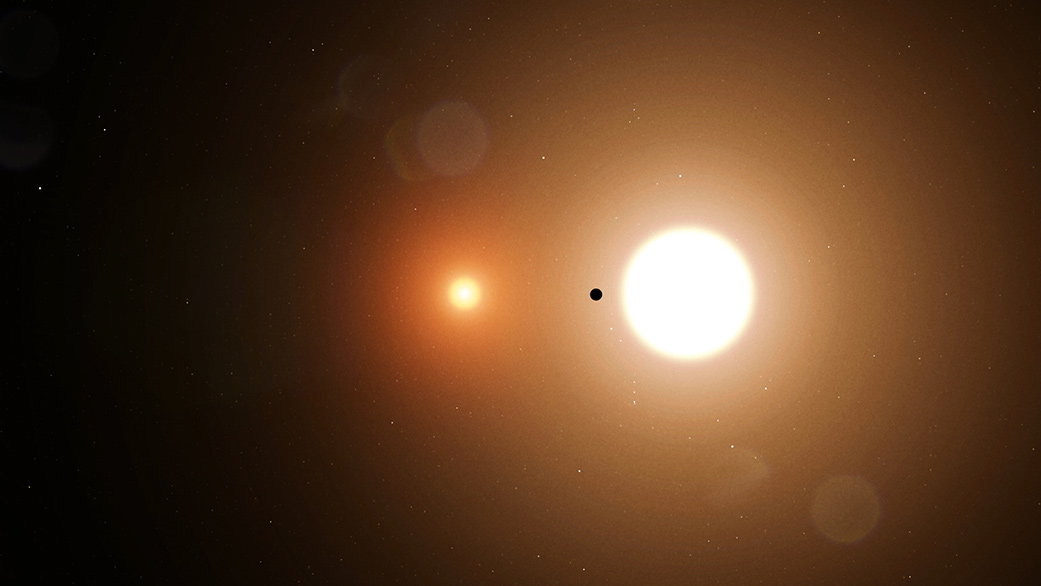
Another cool discovery is a planet called TOI 1338 b, the first planet TESS has found that orbits two binary stars. This world is 1,300 light-years away in the constellation Pictor. Such planets – also referred to as Tatooine worlds after the planet in Star Wars – have been found before, but this is the first one seen by TESS.
In this case, this is the only known planet orbiting those stars. It’s quite hefty, about 6.9 times larger than Earth, somewhere between Neptune and Saturn in size.
One of the two stars is more massive than our Sun by about 10%, while the other is only about one-third the Sun’s mass.
It is more difficult to find planets that orbit more than one star, and TESS can only see the transits of the planet in front of the larger star.
“These are the types of signals that algorithms really struggle with,” said lead author Veselin Kostov, a research scientist at the SETI Institute and Goddard. “The human eye is extremely good at finding patterns in data, especially non-periodic patterns like those we see in transits from these systems.”
While the TESS mission focuses mostly on exoplanets, it can also study other celestial phenomena.
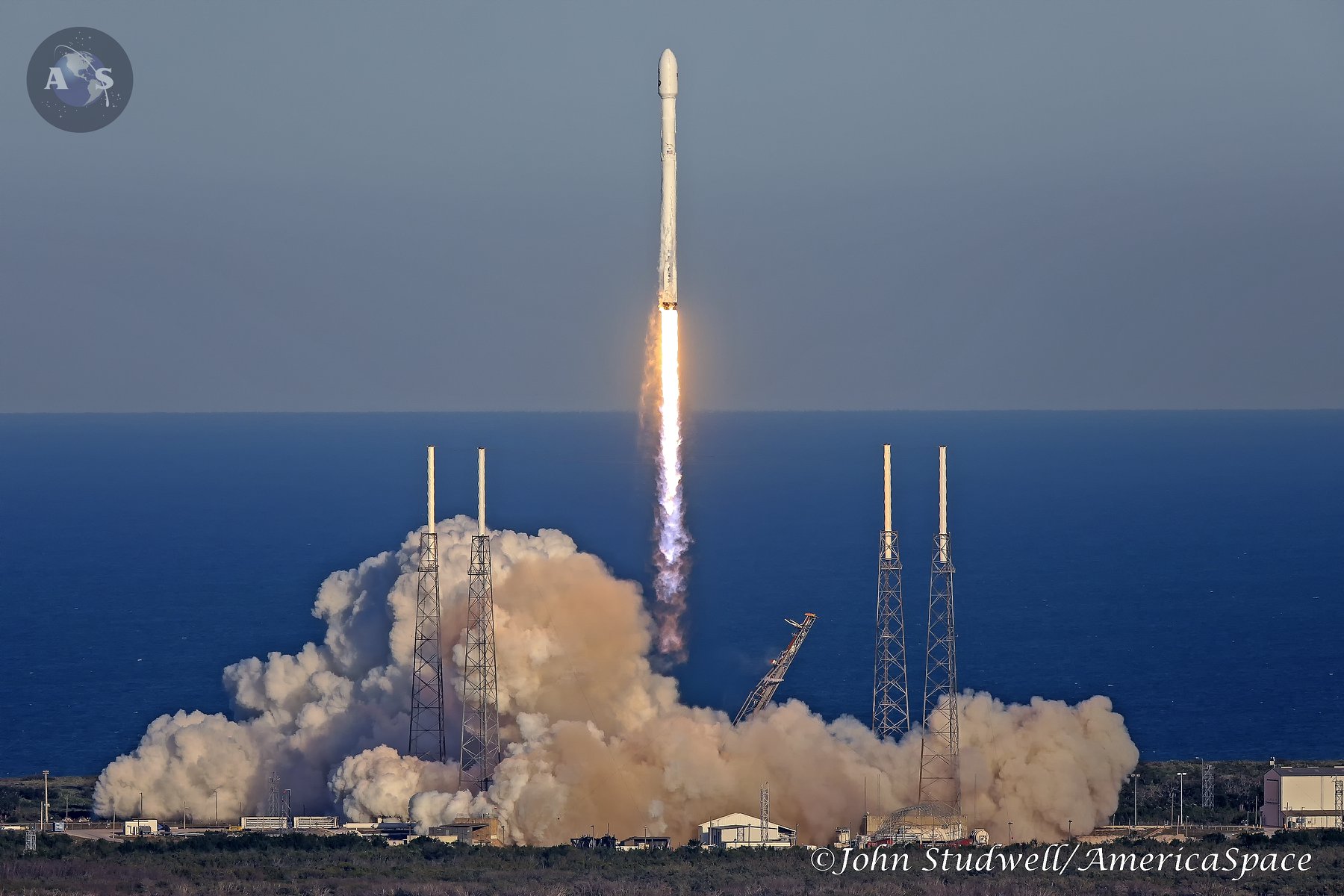
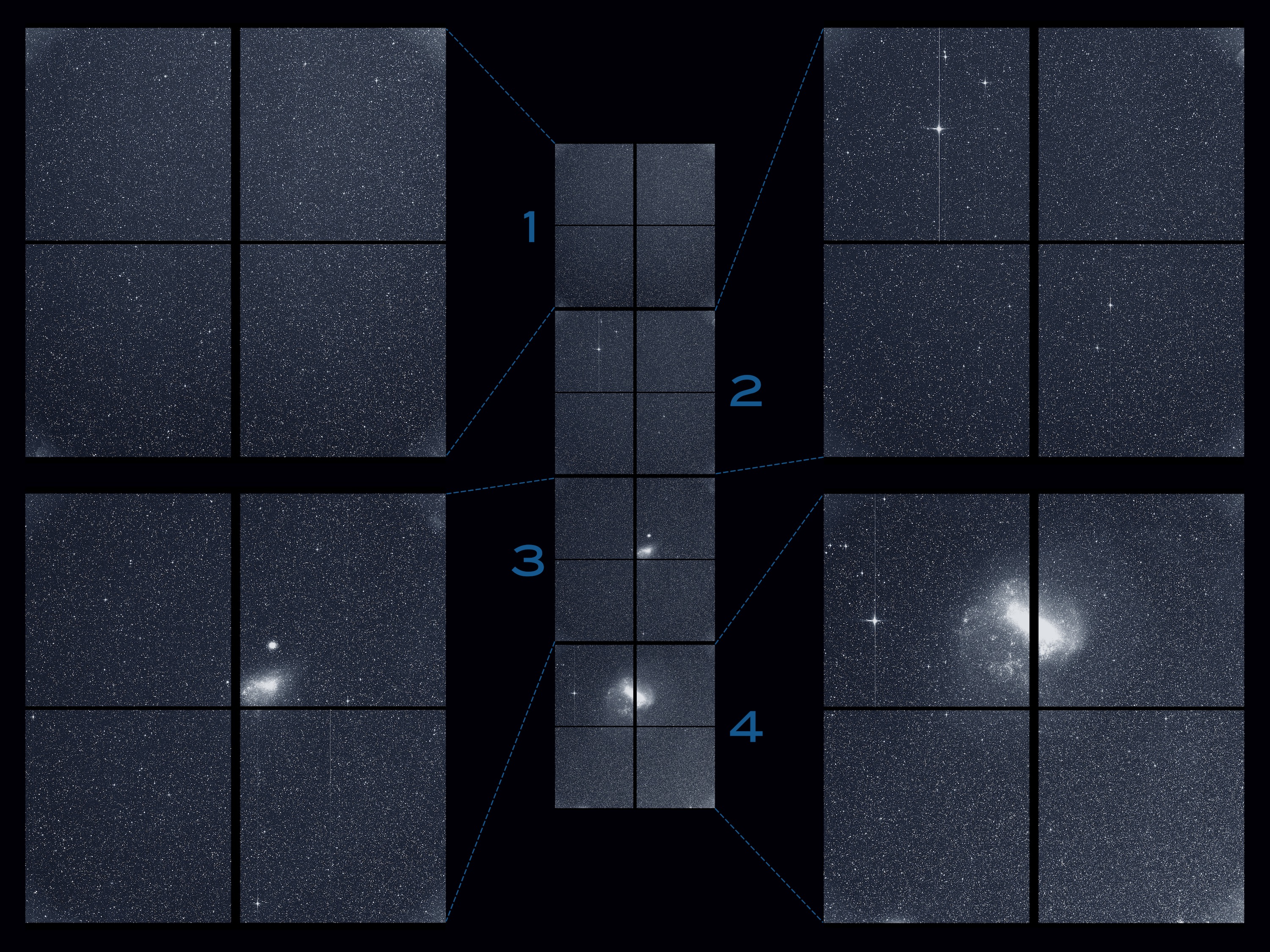
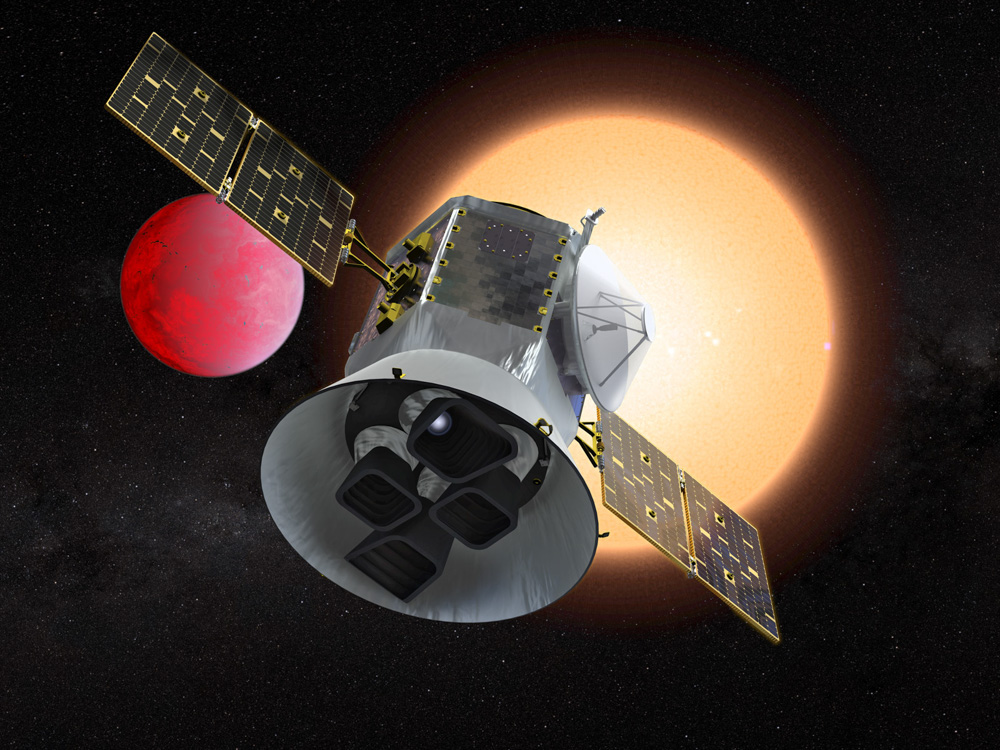
“Throughout all of its images, TESS is monitoring millions of stars,” said co-author Adina Feinstein, a graduate student at the University of Chicago. “That’s why our team created eleanor. It’s an accessible way to download, analyze and visualize transit data. We designed it with planets in mind, but other members of the community use it to study stars, asteroids and even galaxies.”
TESS was launched on April 18, 2018 aboard a SpaceX Falcon 9 rocket from Launch Complex 40 at Cape Canaveral Air Force Station in Florida, and began regular science operations on April 25, 2018.
During its primary mission, TESS is observing over 200,000 dwarf stars with four wide-field optical CCD cameras. It is expected to find hundreds or more new rocky planets similar in size to Earth, some of which will be in the habitable zones of their stars. These worlds can then be further studied by upcoming space telescopes like James Webb, which will analyze their atmospheres for signs of possible biosignature gases that can be produced by life.
TESS will begin its extended mission in July 2020.
The TESS mission follows the Kepler Space Telescope mission, which discovered over 2,600 exoplanets during its nine years of observations, which ended in October 2018.
More information about TESS is available on the mission website.
.
FOLLOW AmericaSpace on Facebook and Twitter!
.
.




